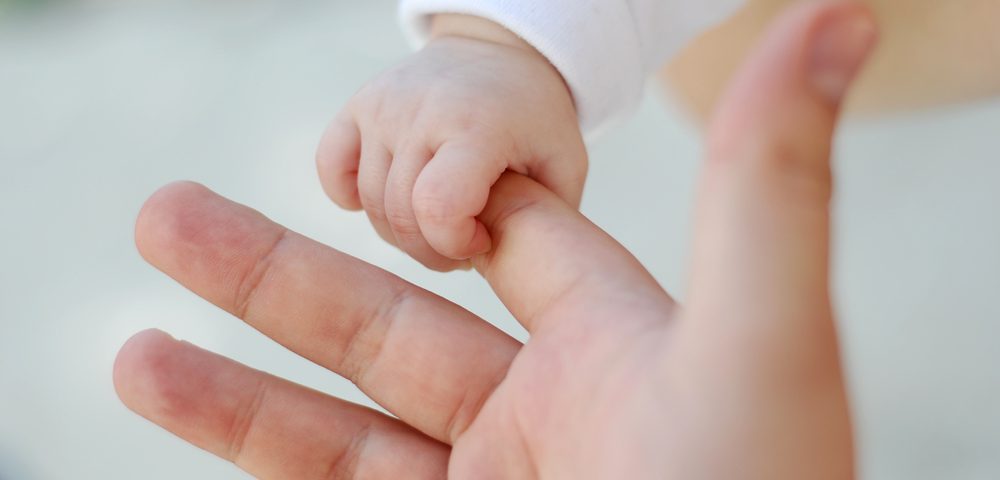Texas Adds SMA to Its Newborn Screening Program

Newborn screening for spinal muscular atrophy (SMA) is now offered to 85% of all annual births in the U.S., Cure SMA has announced.
The milestone, which means that eight in 10 babies are getting tested at birth, was reached after Texas included the newborn screening on June 1, increasing the number of states with the screening to 37.
“The addition of Texas to the states screening for SMA is a great milestone in our advocacy efforts to have every newborn in the country screened at birth,” said Kenneth Hobby, president of Cure SMA.
“With the availability of effective treatments for SMA, early diagnosis is more important than ever before,” he said. “Children now have the chance to be treated before the onset of serious and often irreversible symptoms that could drastically impact their life.”
Massachusetts began to offer the screening in January 2018, one of the first states to do so, six months before SMA was added to the U.S. Recommended Uniform Screening Panel for newborns.
Texas is the latest to join the ranks recently of screening states, along with Maine, Montana, and Oklahoma. Babies born and diagnosed with SMA in Texas — which accounts for approximately 377,000 (10%) of births in the U.S. annually — will be able to start treatment before they develop any symptoms.
Newborn screening is a test performed on blood collected shortly after birth to look for mutations that are known causes of diseases like SMA — the most common cause of pediatric mortality linked to a genetic mutation.
An early diagnosis means that babies can have access to treatment promptly, increasing the likelihood of better outcomes later in life.
“Early diagnosis of SMA, followed by early treatment, is essential to maximizing a child’s health outcomes from this debilitating disease,” said Mary Schroth, MD, chief medical officer at Cure SMA.
“Identifying and treating SMA as early as possible, and with newborn screening often pre-symptomatically, can dramatically improve babies’ breathing, muscle control, and ability to move independently,” she added.







